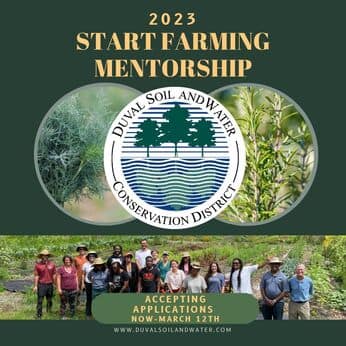A Snapshot of Futurists Farmers Across the World
“If young farmers want money and employment, let them take up agriculture,” says Kaunda, a seasoned teen farmer in Kenya.
But this means greater efforts to make agriculture more appealing to young people. Kaunda is concerned that most adverts on TVs and billboards reinforce the impression that agriculture is for old people – not the young.
“We need to change the outdated perception that agriculture is back-breaking, unprofitable work for an old, tired generation,” she said. Agriculture has much to offer educated entrepreneurial young people.
Kaunda recalls someone asking her, “As young and intelligent as you are, you’re going into farming?”. This is the kind of mindset that Kaunda is determined to change.
Change means finding ways to overhaul perceptions that farming is for the old, the poor and the weatherworn. It’s about drawing attention to new innovations in farming – crop development software, computer modelling to develop disease-resistant varieties, digital soil mapping – that are all making farming smarter, slicker and more profitable.
It’s about showing that farming can engage educated, entrepreneurial young people who see a financially rewarding future in farming: it’s about making agriculture attractive.
“In order to reach millennials, my success has stemmed from leveraging the power of technology to meet young people where the are and to shape the context of their community with their peers, which strengthens engagement, giving them a personal voice whereby currently they may not believe they have one.” says Jermyn Shannon, Founder of Global Technology Education LLC
Dr. Kaunda is confident that there is money to be made in agriculture, but she is careful to point out that the paybacks don’t come without hard work:
“There is plenty of profit in agriculture, but getting past the initial investment stage requires commitment and perseverance. You need to be in it for the long haul”.
Financial hurdles
Accessing adequate finance to get businesses off the ground can be a headache. Most financial service providers are hesitant to lend to youth due to their lack of collateral and financial literacy. In Zambia, Africa we often hear about banks investing heavily in agriculture – the question is: who is accessing these funds? Is the money reaching younger people? Promoting financial products catered to youth can all help remedy this issue.
Linking farmers to market
Reliable market access is also critical. Market failures can stem from any number of factors ranging from unnavigable, unpaved roads that scarcely connect rural areas with relevant markets, to poor information on market prices. The growth of international supermarkets – demanding food in much larger quantities and with rigorous standards of supply chains – is a further challenge.



